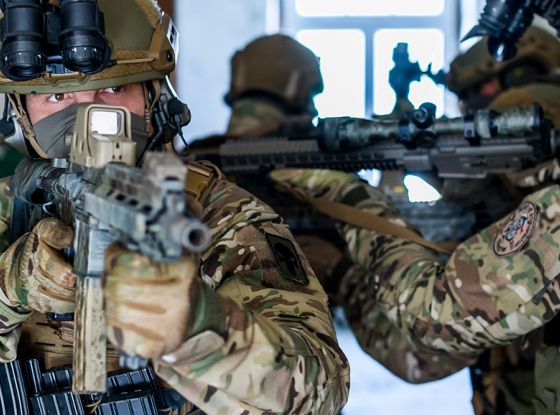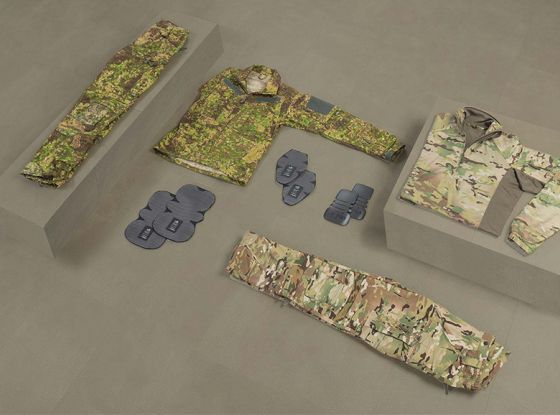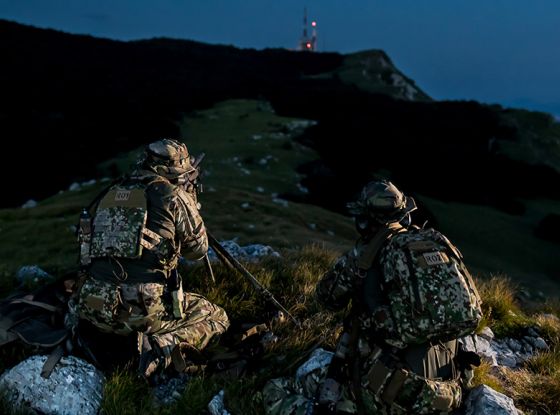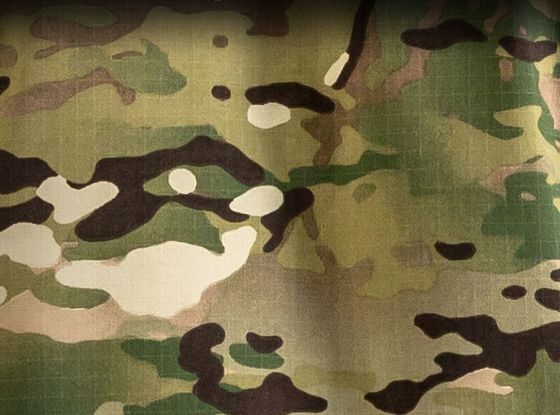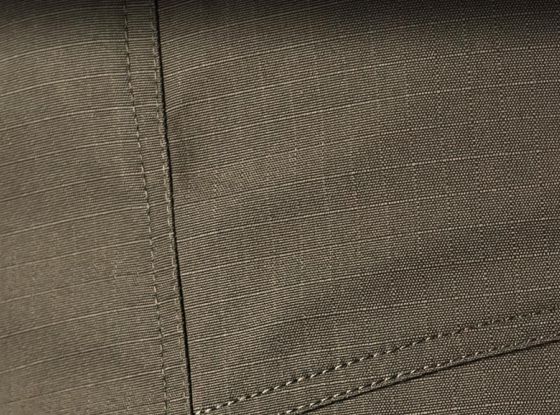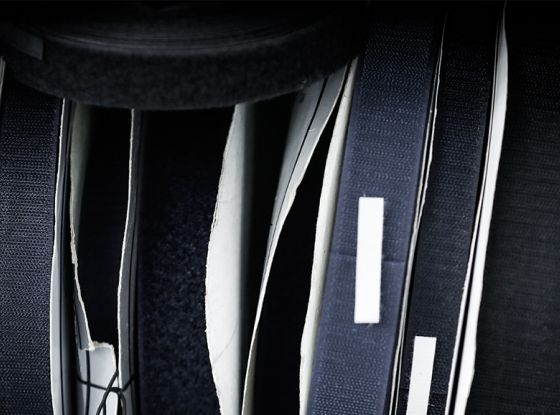Think tactical clothing is heavy, overbuilt, or only for soldiers? Think again.
In this blog post:
- Myth #1: Tactical Clothing Is Only for Military or Police
- Myth #2: More Pockets Means Better Functionality
- Myth #3: Tactical Clothing Is Heavy and Restrictive
- Myth #4: Tactical Clothing Only Protects from Bullets
- Myth #5: Tactical Clothing Is Expensive and Not Worth It
- Myth #6: Tactical Pants Are Just Cargo Pants with a New Name
- Conclusion
Modern tactical clothing is lightweight, versatile, and built for far more than combat roles. Yet old misconceptions still linger and continue to shape opinions long after they stopped being true.
Let’s cut through the noise and expose the biggest myths holding tactical clothing back.
Myth #1: Tactical Clothing Is Only for Military or Police
This is perhaps the most persistent myth in the tactical clothing space. Yes, tactical clothing has its roots in military and law enforcement, but its utility now stretches far beyond the battlefield and the patrol car.
Today’s tactical clothing serves a wide spectrum of users:
- Competitive shooters who need unrestricted movement and reliable access to magazines or tools.
- First responders who can’t afford gear failure during long shifts in unpredictable conditions.
- Outdoor adventurers whose environments demand durability and weather resistance.
- Civilians who value reliable, versatile clothing for travel, hiking, or everyday carry (EDC).
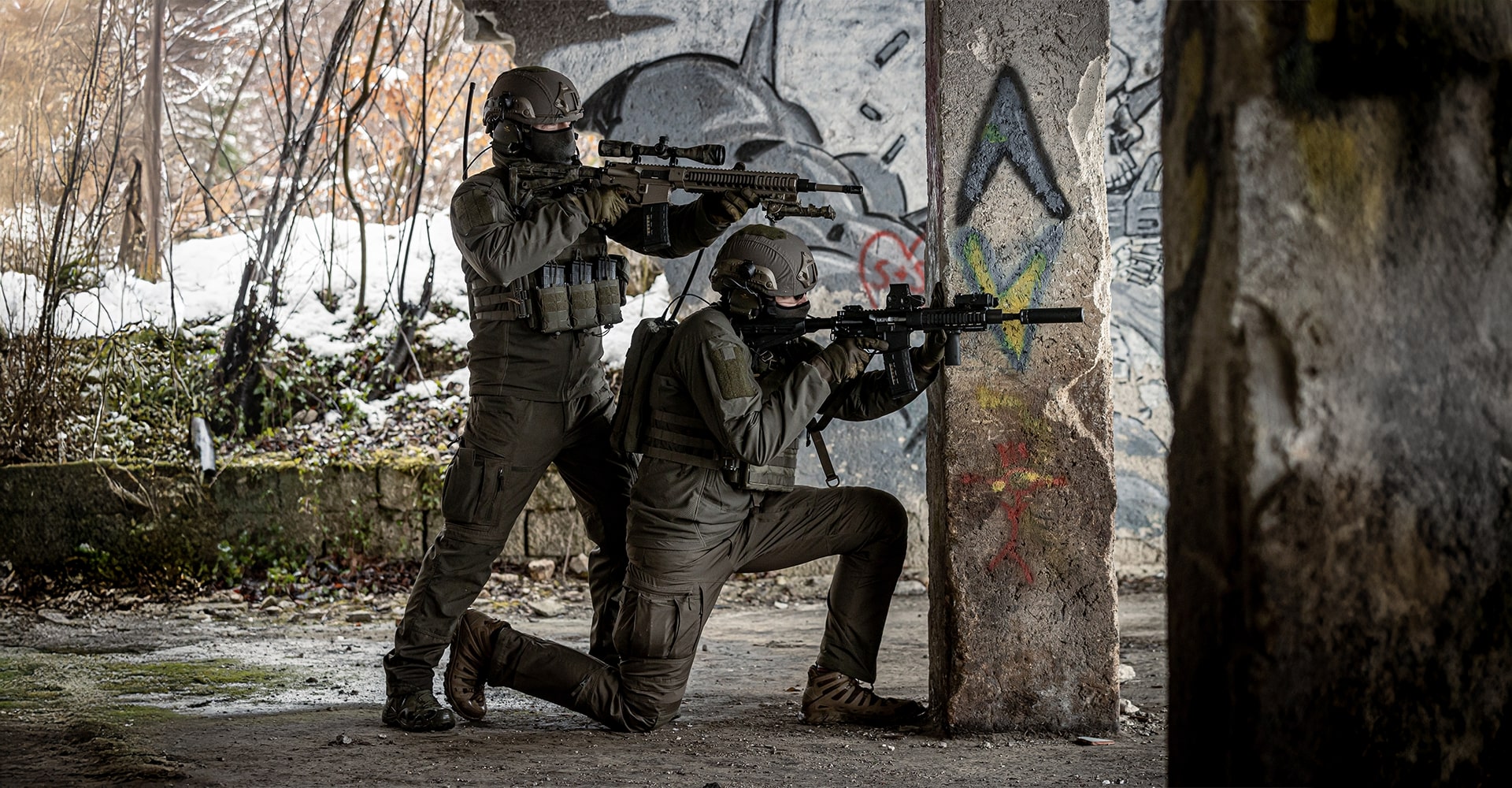
Some modern tactical designs have also become more discreet. A pair of P-40 tactical pants can blend seamlessly into daily life while still offering hidden storage, durable reinforcements, and ergonomic movement. Tactical clothing no longer just looks “operational”; it works in every environment.
Myth #2: More Pockets Means Better Functionality
The “more is better” mindset has plagued tactical clothing for years. But too many pockets — poorly placed or oversized — turn clothing into clutter.
The real difference lies in intentional design:
- Strategic placement ensures items are where your hand naturally expects them.
- Secure closures and reinforced seams stand up to heavy use.
- Specialized compartments keep tools organized instead of rattling around.
- Accessibility under pressure, even with gloves or a load-bearing system, ensures you don’t waste time fumbling.
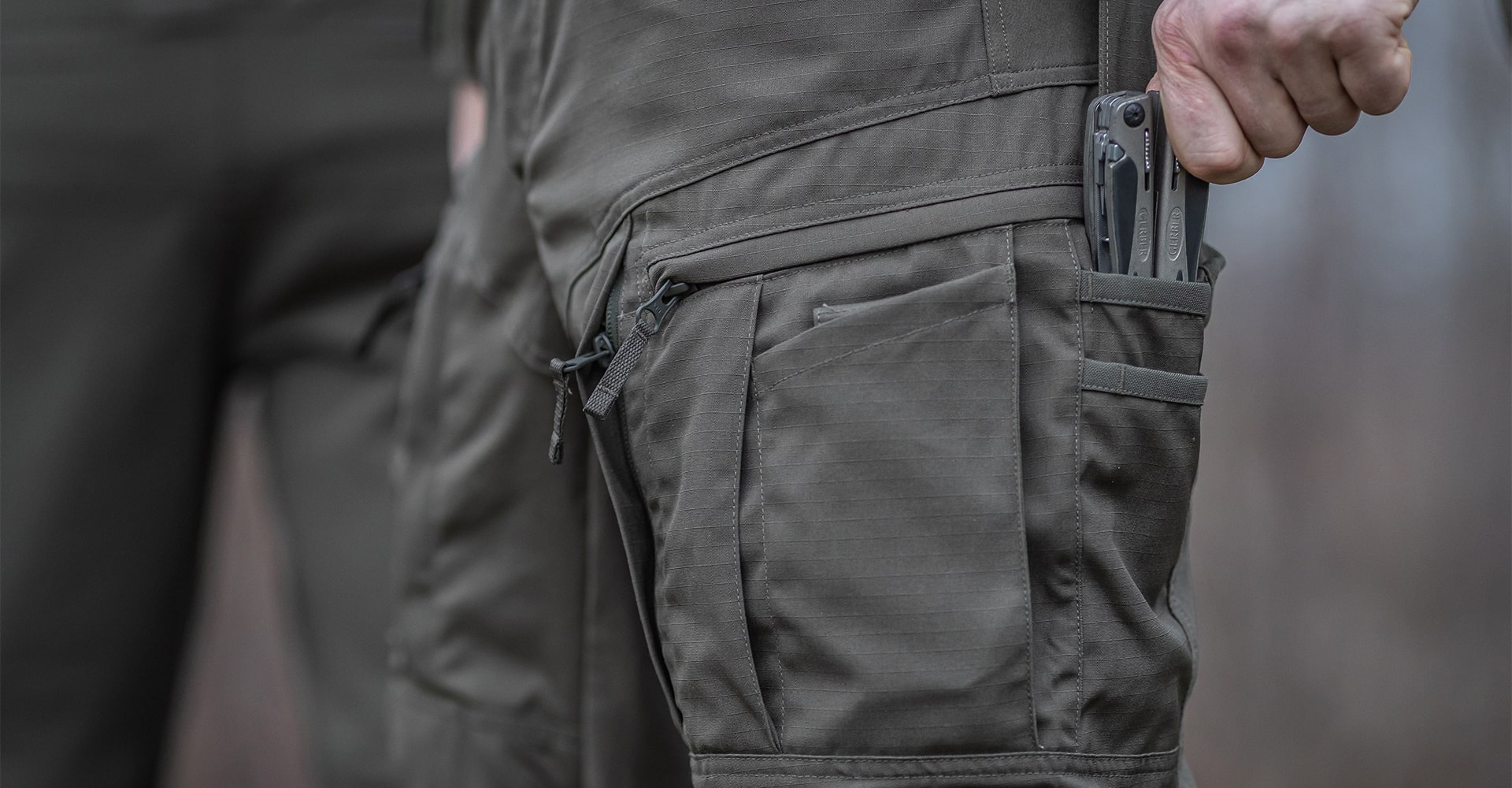
Generic cargo pants with 10 random pockets create more frustration than function. UF PRO combat and tactical pants, by contrast, feature carefully designed pocket configurations that perform whether you’re moving fast, crawling, or sitting for hours. This is not just extra storage; it’s engineered accessibility.
SUBSCRIBE TO UNLOCK OUR EXCLUSIVE CONTENT
Enter your email and get timely updates and relevant intel on tactical topics directly to your inbox.
Vous vous inscrivez pour recevoir des mises à jour par e-mail, dont vous pouvez vous désabonner à tout moment. Lisez notre politique de confidentialité.
Myth #3: Tactical Clothing Is Heavy and Restrictive
This misconception comes from outdated uniforms with stiff fabrics, boxy cuts, and clothing that slowed you down more than it helped.
Modern tactical clothing is designed to move with you, not against you. Key innovations include:
- Lightweight but durable materials such as PolyCo, CORDURA®, and Ripstop, which provide strength, breathability, and resistance to tears and abrasion.
- Integrated bi-elastic stretch panels that give critical zones flexibility, support a full range of motion, and maintain durability under stress. These panels are crafted from advanced fabrics designed for performance in demanding conditions (learn more about the materials here).
- Ergonomic tailoring that follows the body’s natural lines, reducing bulk while improving comfort and freedom of movement.
- Climate-control features such as mesh ventilation and moisture-wicking zones, keeping you dry and comfortable in demanding environments.
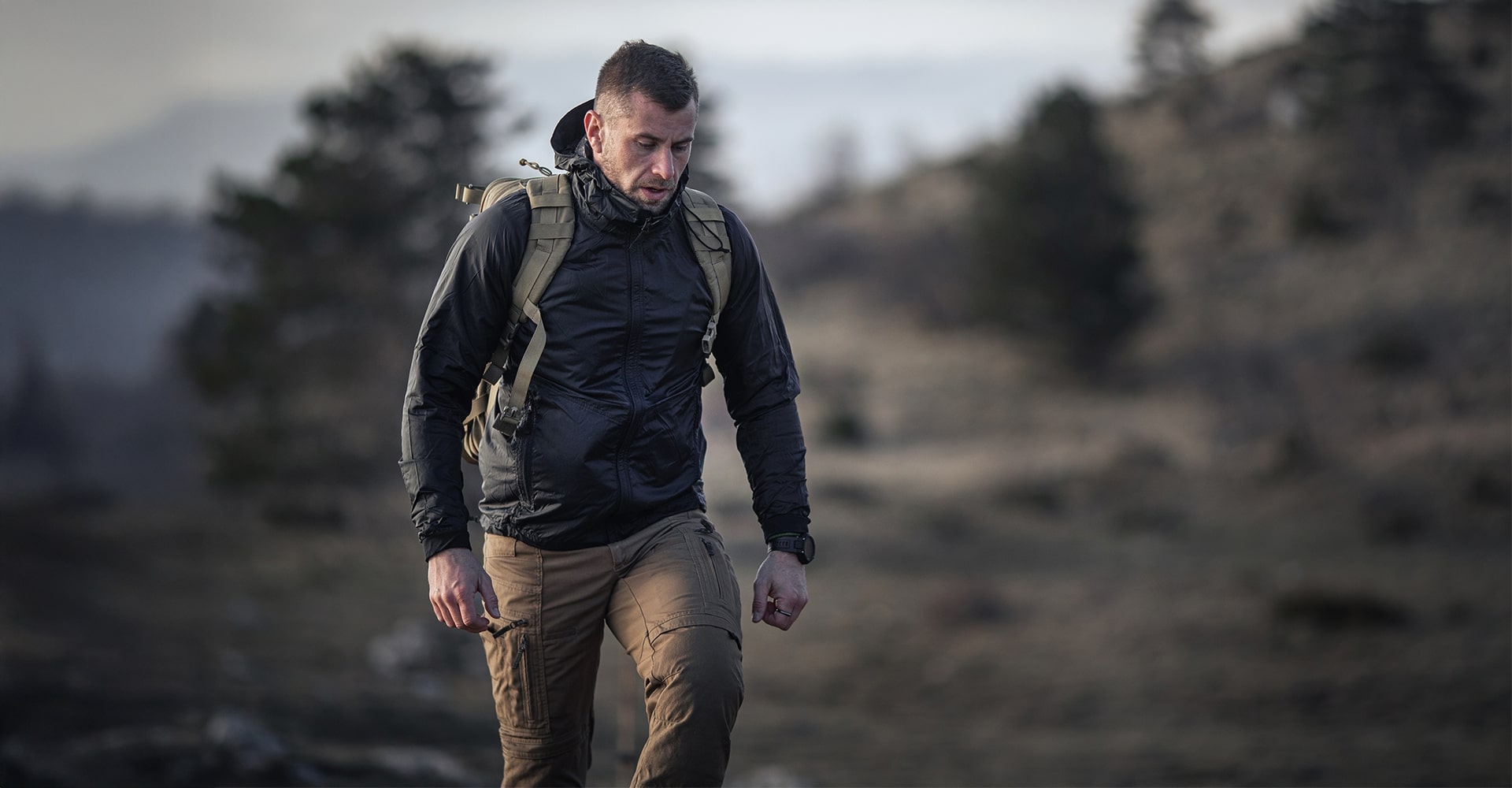
Think about crouching behind cover or climbing into position. You need clothing that follows your every move. The latest generation of combat and tactical pants and shirts is engineered for agility, proving that tactical clothing is now synonymous with freedom of movement.
Myth #4: Tactical Clothing Only Protects from Bullets
Ballistic protection comes from armor plates and vests, not clothing itself. Tactical clothing is designed to defend against the everyday hazards that operators face:
- Rough terrain and abrasions from crawling or sliding.
- Harsh weather, including rain, wind, and freezing cold.
- Dirt and moisture, blocked by DWR coatings and waterproof laminates.
- Impact and stress, reduced by modular kneepads, reinforced elbows, and padded zones.
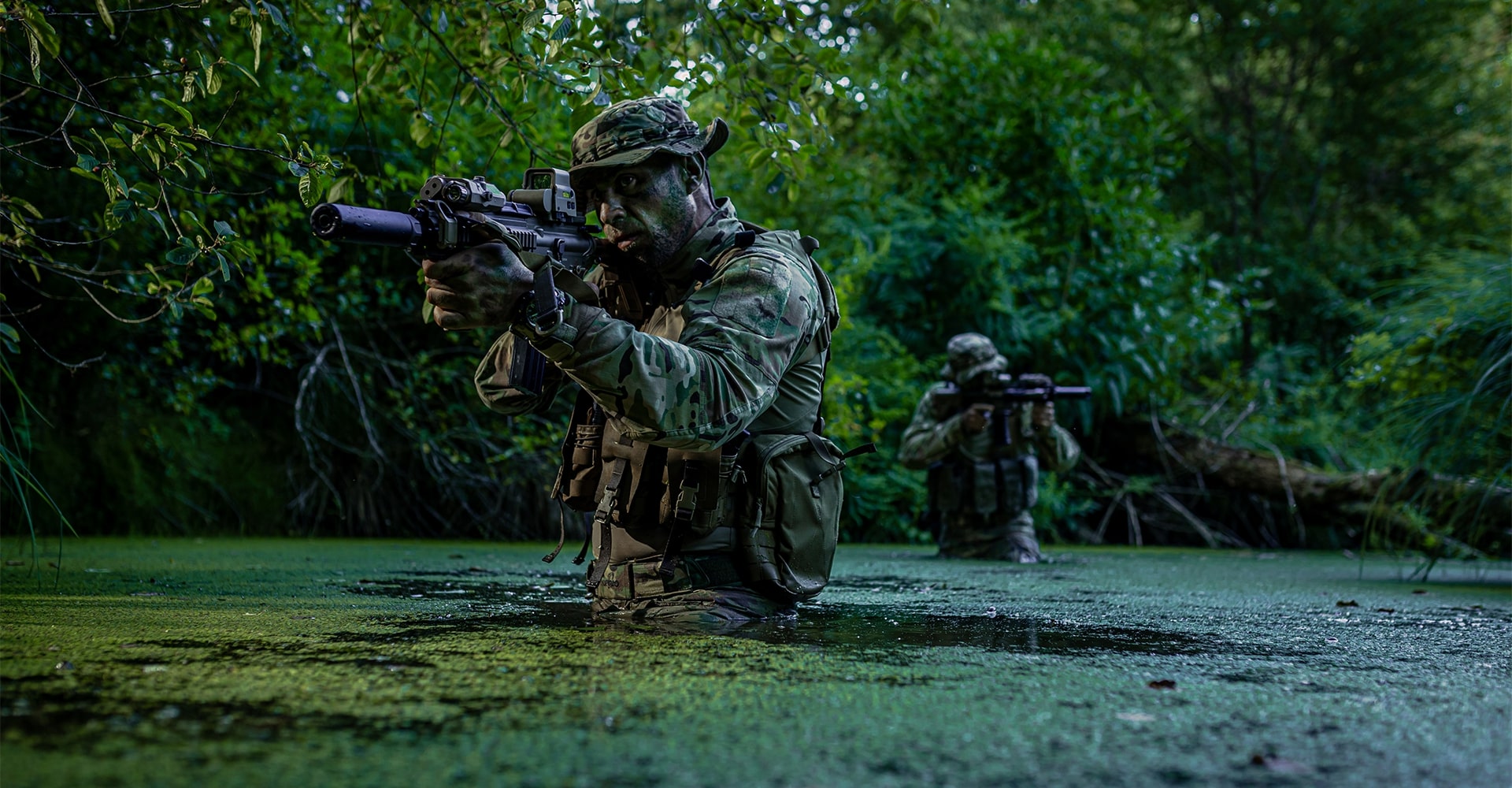
Rather than acting as armor, tactical clothing shields you from environmental and physical challenges, keeping you focused on the task at hand. For protection against ballistic threats, specialized solutions from Mehler Protection provide the armor you need.
Myth #5: Tactical Clothing Is Expensive and Not Worth It
At first glance, premium tactical clothing may seem costly. But the equation changes when you look at performance and longevity.
Here’s what you’re investing in:
- Durability: Fabrics that resist tearing, abrasion, and environmental stress.
- Functionality: Every seam, zipper, and pocket layout engineered to work under pressure.
- Versatility: Clothing that transitions from training grounds to backcountry treks, or from urban shifts to long days outdoors.
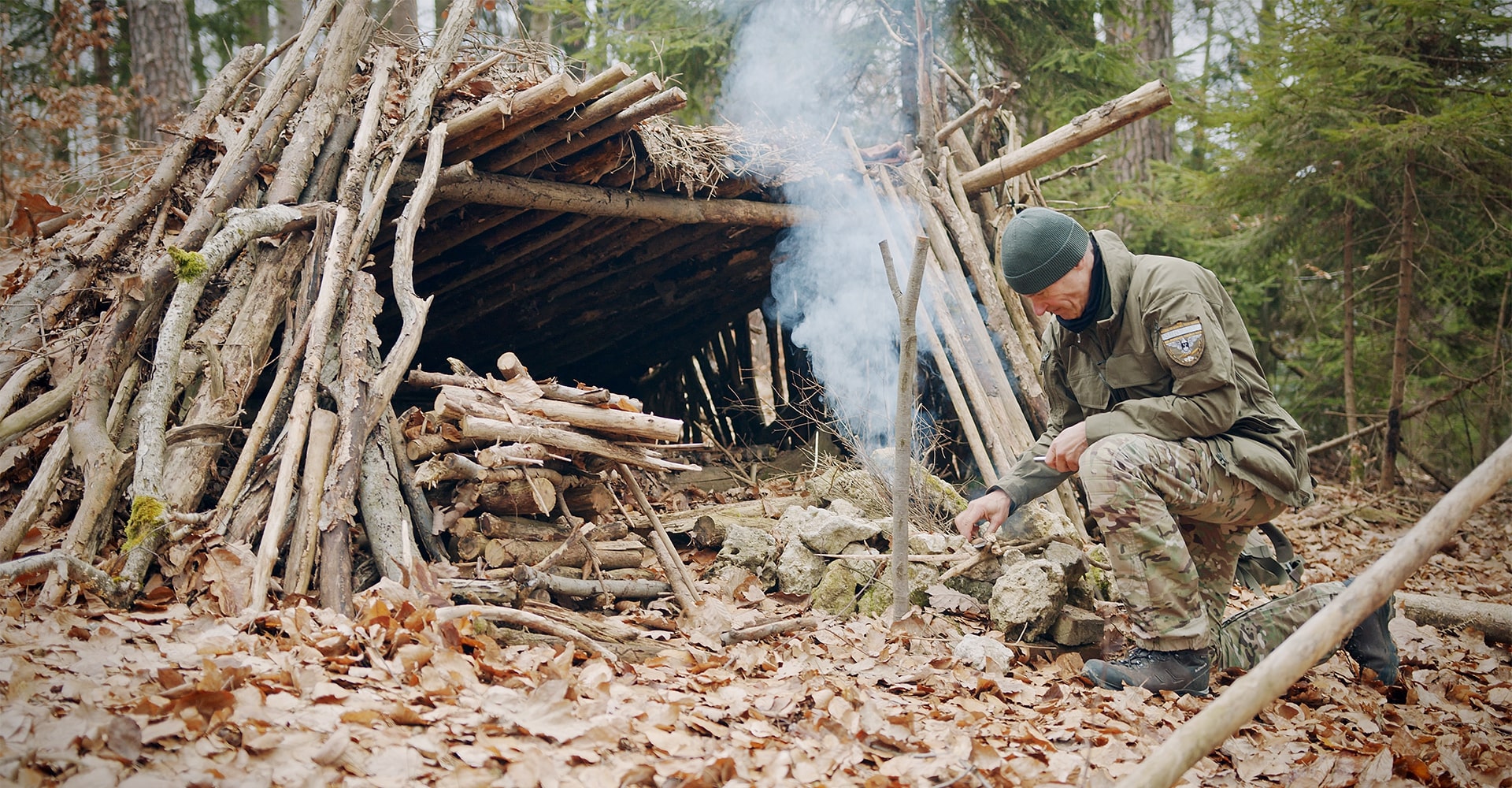
While cheap clothing may fail after months, quality tactical clothing is built to withstand years of heavy use. It’s not about price; it’s about dependability when it matters most.
Myth #6: Tactical Pants Are Just Cargo Pants with a New Name
At first glance, tactical pants and cargo pants might look similar — multiple pockets, rugged fabrics, utility in mind. But the comparison stops there.
- Tactical pants are engineered for performance. Reinforced stress points, articulated knees, and stretch zones let you move fluidly without tearing seams.
- Cargo pants are built for storage, not movement. They often sag, lack reinforcements, and don’t adapt to body mechanics.
- Integrated features like kneepad systems, moisture management, and abrasion-resistant fabrics are what separate tactical pants from casual cargo wear.
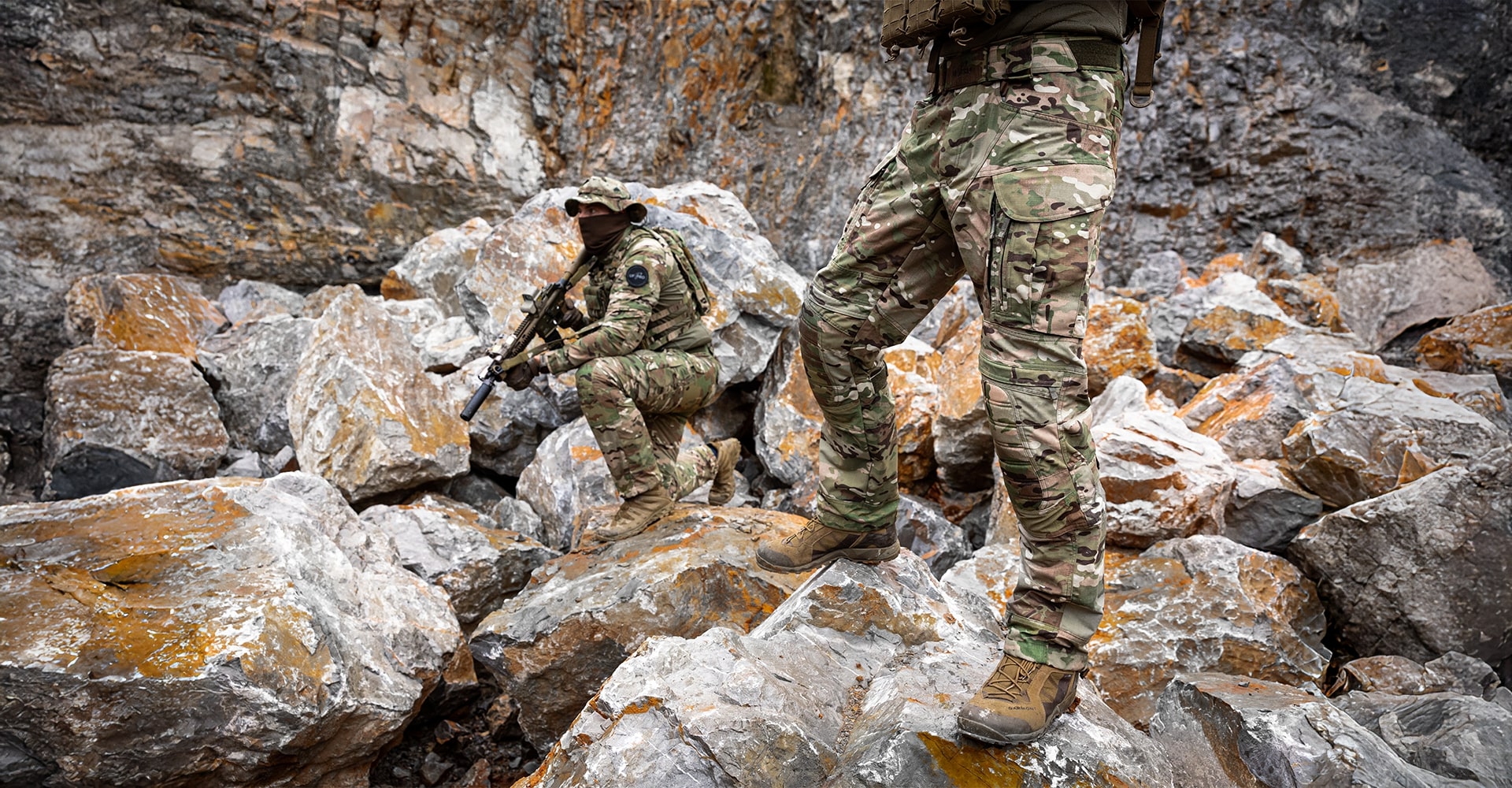
In short, all tactical pants are functional, but not all cargo pants are tactical. One is for carrying groceries, and the other is for enduring hours in the field, climbing walls, or sprinting.
Conclusion
Tactical clothing is no longer niche equipment reserved for combat roles. It’s a modern toolkit for movement, resilience, and adaptability, whether scaling ridgelines, running drills on the range, responding to emergencies, or simply facing the demands of everyday life.
What was once heavy, rigid, and limited has become lighter, smarter, and more versatile than ever. As challenges evolve, tactical clothing will continue to redefine what professionals and everyday users can expect from performance apparel.
Vous en voulez toujours plus ?



